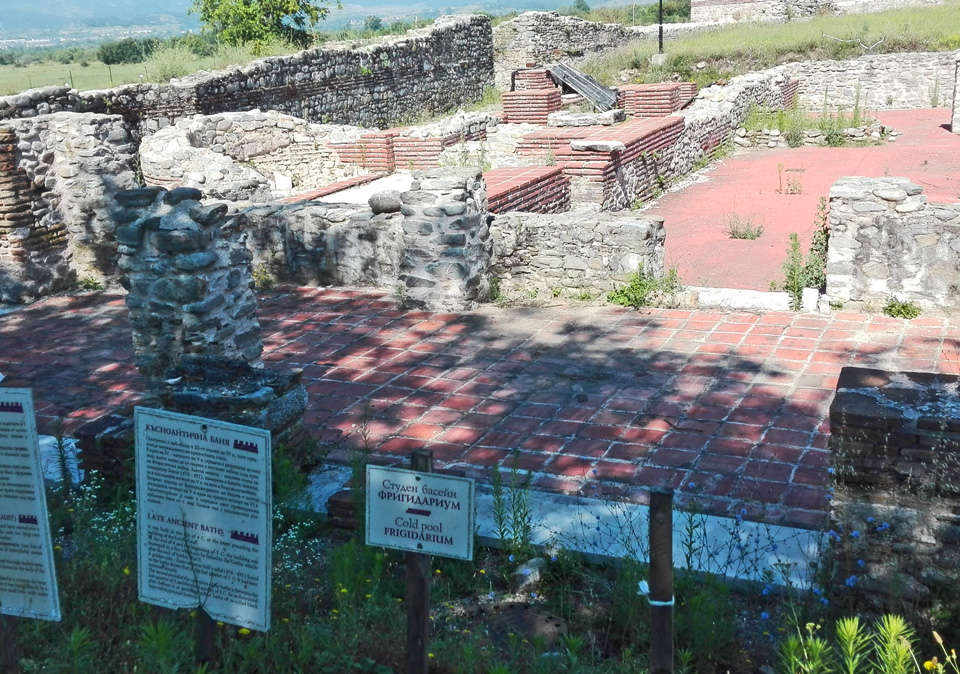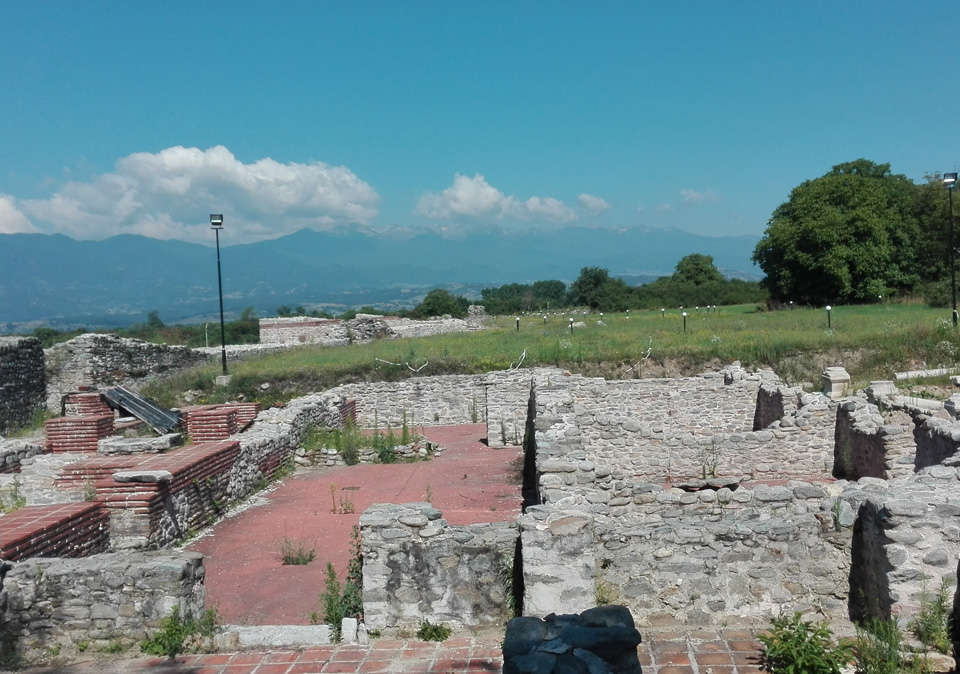Goce Delchev / Breznica
Nicopolis ad Nestum
Nicopolis ad Nestum was founded in 106 AD after Christ in the place of the Thracian city of Alexandropoulos by the Roman emperor Trajan, as a celebration of the military victory over the Decanis. Translated from Latin, the name refers to the City of Victory at Nestos (Nestos (Nestum - the name in the case of the case means IN THE SQUARE as a site) is the name of the river Mesta).
The city is located on the road that connects the Aegean coast with the main military road Via Egnatia through the Rhodope Mountains with the Thracian Hill and Philippopolis (today's city of Plovdiv). This increases the importance of the city as a political, economic and cultural center of the region during its 2-6 century apogee.
Archaeological excavations have uncovered coins and stelae (carved in stone) to celebrate the gods - Zeus, Pluto, Hermes, the Thracian horseman, Asclepius and Higia, as well as the river god Nestos (Mesta) as well as the celebrated Degas gods. The city was also the Episcopal center of the 4th-11th centuries. At the end of the 6th century it was demolished by the Slavs and Avars. The city was rebuilt during the reign of Emperor Justinian I. In the 9th-10th centuries, the city was known as Nicopolis and existed until the 13th century when it was destroyed by the Crusaders. During the Ottoman period, the city moved several kilometers to the west and the name was transformed into Nevrokop, today's town of Goce Delchev.
Nicopolis ad Nestum is one of the few preserved ancient cities in Bulgaria and the only one in the Rhodope Mountains from the period of Roman rule in the Balkans. It has been proclaimed as an archeological and architecture monument of the ancient period and the Middle Ages.
The city is located on the road that connects the Aegean coast with the main military road Via Egnatia through the Rhodope Mountains with the Thracian Hill and Philippopolis (today's city of Plovdiv). This increases the importance of the city as a political, economic and cultural center of the region during its 2-6 century apogee.
Archaeological excavations have uncovered coins and stelae (carved in stone) to celebrate the gods - Zeus, Pluto, Hermes, the Thracian horseman, Asclepius and Higia, as well as the river god Nestos (Mesta) as well as the celebrated Degas gods. The city was also the Episcopal center of the 4th-11th centuries. At the end of the 6th century it was demolished by the Slavs and Avars. The city was rebuilt during the reign of Emperor Justinian I. In the 9th-10th centuries, the city was known as Nicopolis and existed until the 13th century when it was destroyed by the Crusaders. During the Ottoman period, the city moved several kilometers to the west and the name was transformed into Nevrokop, today's town of Goce Delchev.
Nicopolis ad Nestum is one of the few preserved ancient cities in Bulgaria and the only one in the Rhodope Mountains from the period of Roman rule in the Balkans. It has been proclaimed as an archeological and architecture monument of the ancient period and the Middle Ages.

